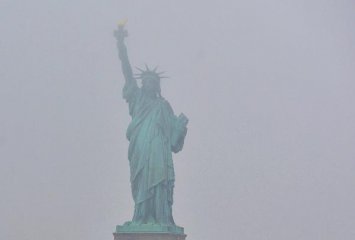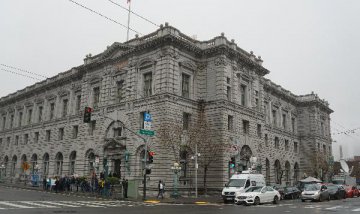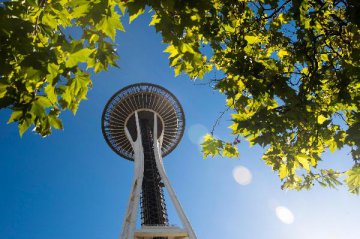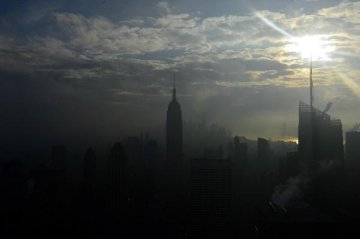
WASHINGTON, Feb. 28 (Xinhua) -- The U.S. economy grew at 2.6 percent year on year in the fourth quarter of 2018, down from 3.4 percent in the previous quarter, the U.S. Commerce Department reported on Thursday.
Real gross domestic product (GDP) expanded at a 2.9 percent pace in 2018, slightly down from the Federal Reserve's estimation of 3 percent in December.
The Fed is currently predicting 2.3 percent growth for 2019.
The deceleration in real GDP growth in the fourth quarter last year reflected decelerations in private inventory investment, personal consumption expenditures, and federal government spending and a downturn in state and local government spending, the report said.
Those were partly offset by an upturn in exports and an acceleration in non-residential fixed investment, the report said. Imports increased less in the fourth quarter than in the third quarter.
The data showed that personal consumption expenditures, which account for 70 percent of the U.S. GDP, grew at an annual rate of 2.8 percent in the fourth quarter, down from 3.5 percent in the previous quarter.
Residential investment, a proxy for housing construction, fell 3.5 percent in the fourth quarter, marking the fourth drop in a row.
Analysts believe that the fading effects of tax cuts and slower government spending were among the factors that dragged down the fourth-quarter growth. "While we view current economic conditions as healthy and the economic outlook as favorable, over the past few months we have seen some crosscurrents and conflicting signals," Federal Reserve Chairman Jerome Powell told the House Financial Services Committee at a hearing on Wednesday.
Financial markets became more "volatile" toward year-end, financial conditions are now "less supportive" of growth than they were earlier last year, growth has slowed in some major foreign economies, and government policy uncertainty is elevated, Powell said.
The policymaking Federal Open Market Committee is evaluating the appropriate timing and approach for the end of balance sheet runoff, and will announce the plan "fairly soon," he said.
While the Fed is expecting a softer growth ahead, many economists are more pessimistic. A majority of U.S. economists believe the country will fall into a recession no later than in 2021, according to a survey report released earlier this week by the National Association for Business Economics.
The report showed about 10 percent of the 281 experts surveyed expect an economic recession in the country this year, 42 percent expect one in 2020, and 25 percent think a downturn will hit in 2021. That means roughly three fourths of them believe a recession will take place by the end of 2021.
A majority of the economists surveyed are concerned about the U.S. administration's trade policies, and most of them also cautioned that federal budget deficit could continue to grow. Some 36 percent of the respondents believe that the existing tariffs, if persist, will drag U.S. GDP growth in 2019 down by 25 basis points, while 26 percent foresee a reduction of GDP growth by 50 basis points.
Due to the recent partial government shutdown, this initial report for the fourth quarter replaces the release of the "advance" estimate originally scheduled for Jan. 30th and the "second" estimate originally scheduled for Feb. 28, the commerce department said. The third estimate, based on more complete data, will be released a month later.
























Latest comments